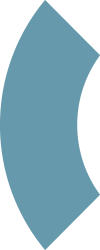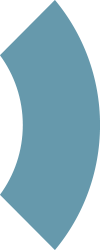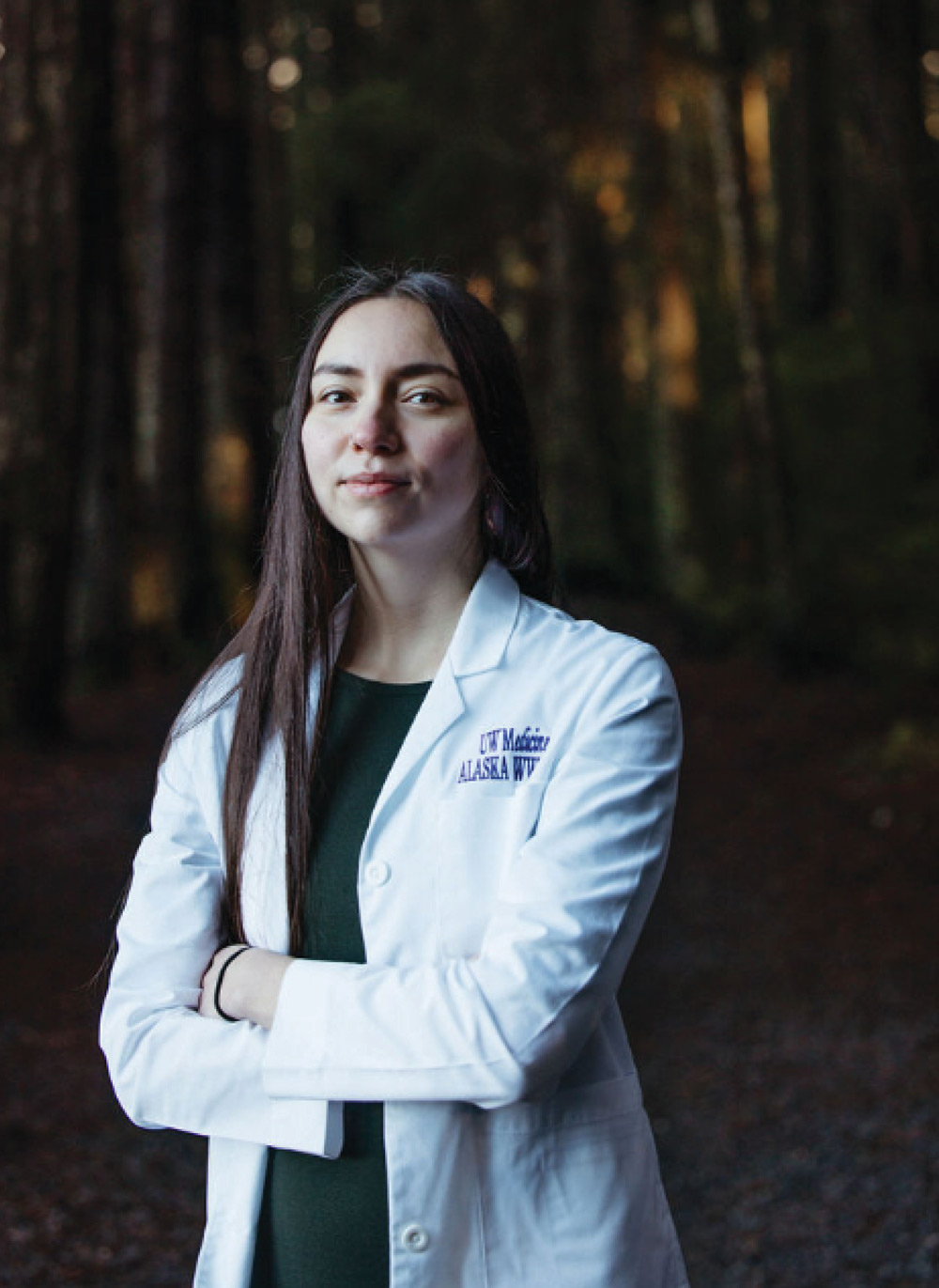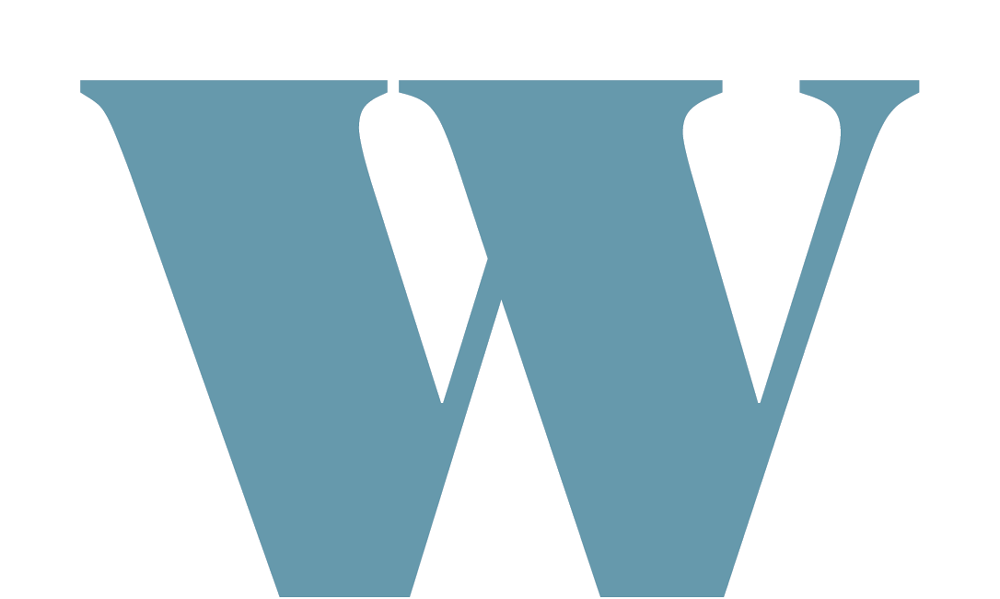


Bridging Community Connections Through Healthcare Education and Training

I am Quileute and Makah and grew up in Sitka, in Southeast Alaska. I acknowledge who I am as an Indigenous woman and the story I am bringing with me into medicine: the knowledge passed on to me by my community, growing up in a remote tribal community, coming to medicine after seeing and experiencing interactions that I cannot let happen again. I am determined to be the change and join others to improve the healthcare system.
Bridging Community Connections Through Healthcare Education and Training

I am Quileute and Makah and grew up in Sitka, in Southeast Alaska. I acknowledge who I am as an Indigenous woman and the story I am bringing with me into medicine: the knowledge passed on to me by my community, growing up in a remote tribal community, coming to medicine after seeing and experiencing interactions that I cannot let happen again. I am determined to be the change and join others to improve the healthcare system.

The State of American Indian and Alaska Native Health
I believe one way to address these disparities is to have more AIAN healthcare providers and to see better representation of AIAN people in all healthcare profession and education roles. Although Native people account for 22% of Alaska’s population and 2% of the general US population, only 0.3% of physicians nationally are AIAN. I did not meet a Native physician until I was 24 years old, and that connection changed the course of my life.

Shared Values: Alaska AHEC and Alaska WWAMI
After seeing how OHSU students connected with youth in rural parts of the state, I was motivated to do the same. In 2021, as a first year Alaska WWAMI medical student, my Alaska AHEC Scholar application was already submitted by the time the Alaska AHEC program gave a presentation to my medical school class, two weeks into the start of our first semester.
The values of WWAMI, the University of Washington School of Medicine’s multi-state medical education program (Washington, Wyoming, Alaska, Montana and Idaho, or “WWAMI”) and AHEC are aligned with my reasons for becoming a physician: giving back to my community and supporting Native students in healthcare.


Finding Community and Inspiration Far from Home
As an Alaska WWAMI student participating in the AHEC Scholars program, I’m confident I will be better prepared to help treat future patients’ medical, cultural, and mental health needs. Along with immersion in Alaska’s rural and underserved communities, AHEC Scholars are required to participate in modules which supplement our basic medical school material and encourage my fellow scholars and I to think deeply about caring for our most vulnerable populations. As an example, some of the AHEC modules we learn include; Cultural Competency, Community Health Worker Integration, Mental Health First Aid, Culture is Medicine, Social Determinants of Health, and more.